Time Period: Louisiana Purchase through Early Statehood (1803 - 1860) - Starting with A
aka: Act to Remove the Free Negroes and Mulattos from the State
 John Adams
John Adams
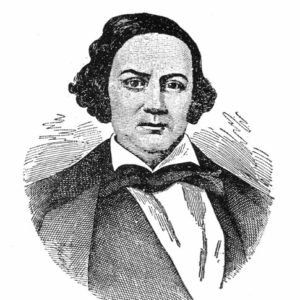 Samuel Adams
Samuel Adams
 Albert Pike School
Albert Pike School
 Alexander George House
Alexander George House
Alexander George House
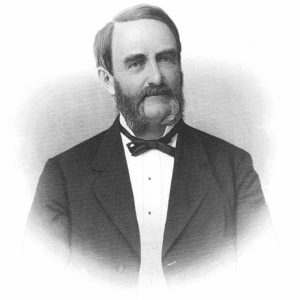 Thomas Allen
Thomas Allen
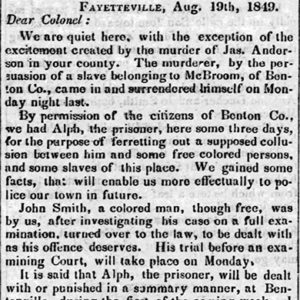 Alph Lynching Article
Alph Lynching Article
Alph (Lynching of)
Anthony House
Anthony, Joseph J.
Anthony, Joseph J. (Murder of)
Antiquarian and Natural History Society of Arkansas
Appeal of the Arkansas Exiles to Christians throughout the World
 Arkansas Banner
Arkansas Banner
Arkansas Banner
Arkansas College
 Arkansas College
Arkansas College
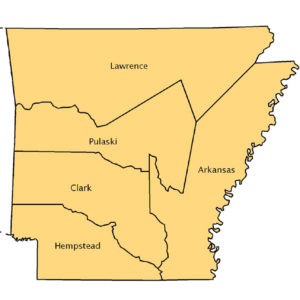 Arkansas Counties Map, 1819
Arkansas Counties Map, 1819
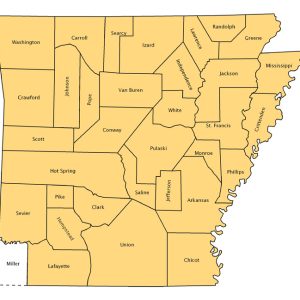 Arkansas Counties Map, 1836
Arkansas Counties Map, 1836
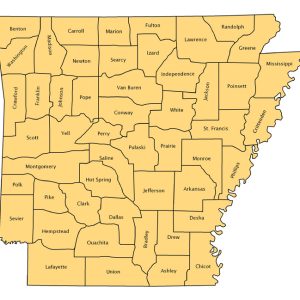 Arkansas Counties Map, 1850
Arkansas Counties Map, 1850
Arkansas Married Woman’s Property Law
Arkansas Military Institute
Arkansas Mounted Rifles [Mexican War]
 Arkansas Population, 1850
Arkansas Population, 1850
Arkansas Post
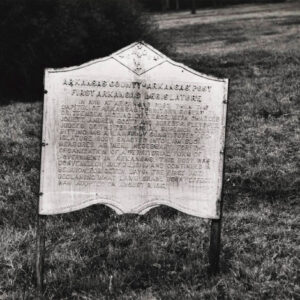 Arkansas Post First Legislature Marker
Arkansas Post First Legislature Marker
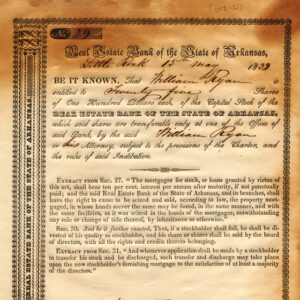 Arkansas Real Estate Bank Stock Certificate
Arkansas Real Estate Bank Stock Certificate
Arkansas Real Estate Bank
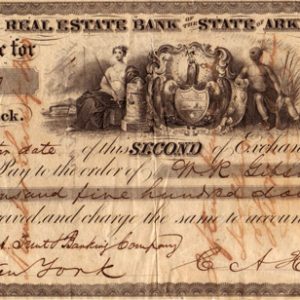 Arkansas Real Estate Bank Draft
Arkansas Real Estate Bank Draft
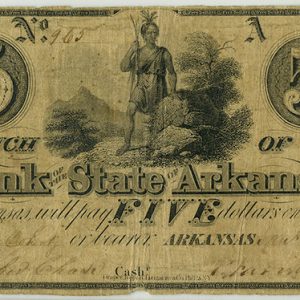 Arkansas State Bank Note, 1839
Arkansas State Bank Note, 1839
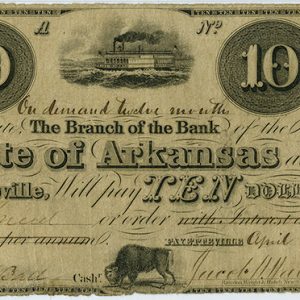 Arkansas State Bank Note, 1838
Arkansas State Bank Note, 1838
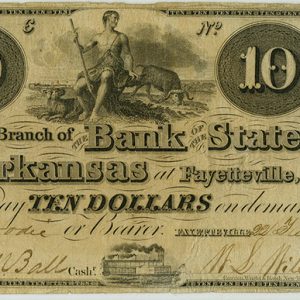 Arkansas State Bank Note, 1840
Arkansas State Bank Note, 1840
Arkansas State Bank
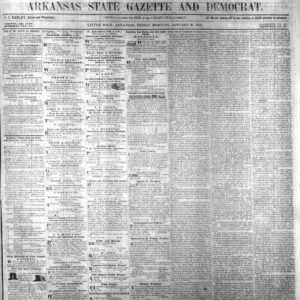 Arkansas State Gazette and Democrat
Arkansas State Gazette and Democrat
Arkansas Synodical College
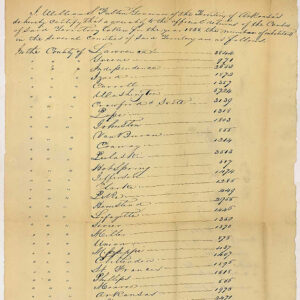 Arkansas Territory Census for 1835
Arkansas Territory Census for 1835
Arkansas Times and Advocate
aka: Arkansas Advocate
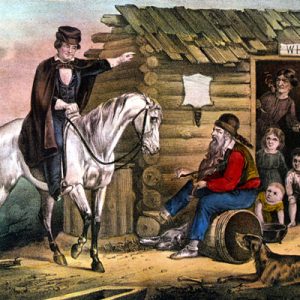 Arkansas Traveler by Edward Washbourne
Arkansas Traveler by Edward Washbourne
Arkansas Traveler [Steamboat]
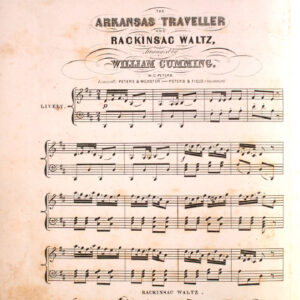 Arkansas Traveler Music
Arkansas Traveler Music
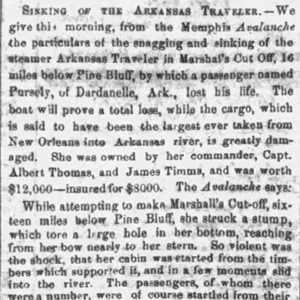 Arkansas Traveler Steamboat Article
Arkansas Traveler Steamboat Article
Arkansas True Democrat
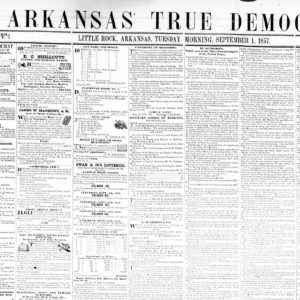 Arkansas True Democrat Masthead
Arkansas True Democrat Masthead
Arkansas, Steamboats Named
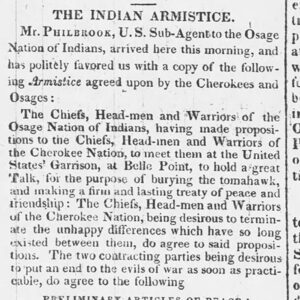 Armistice Story
Armistice Story
Ashley County Lynching of 1857
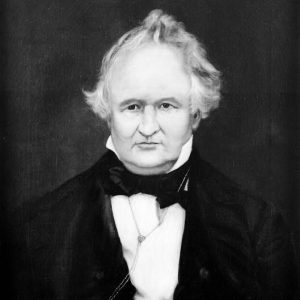 Chester Ashley
Chester Ashley
Ashley, Chester
 Audubon Illustration of Western Kingbird
Audubon Illustration of Western Kingbird




